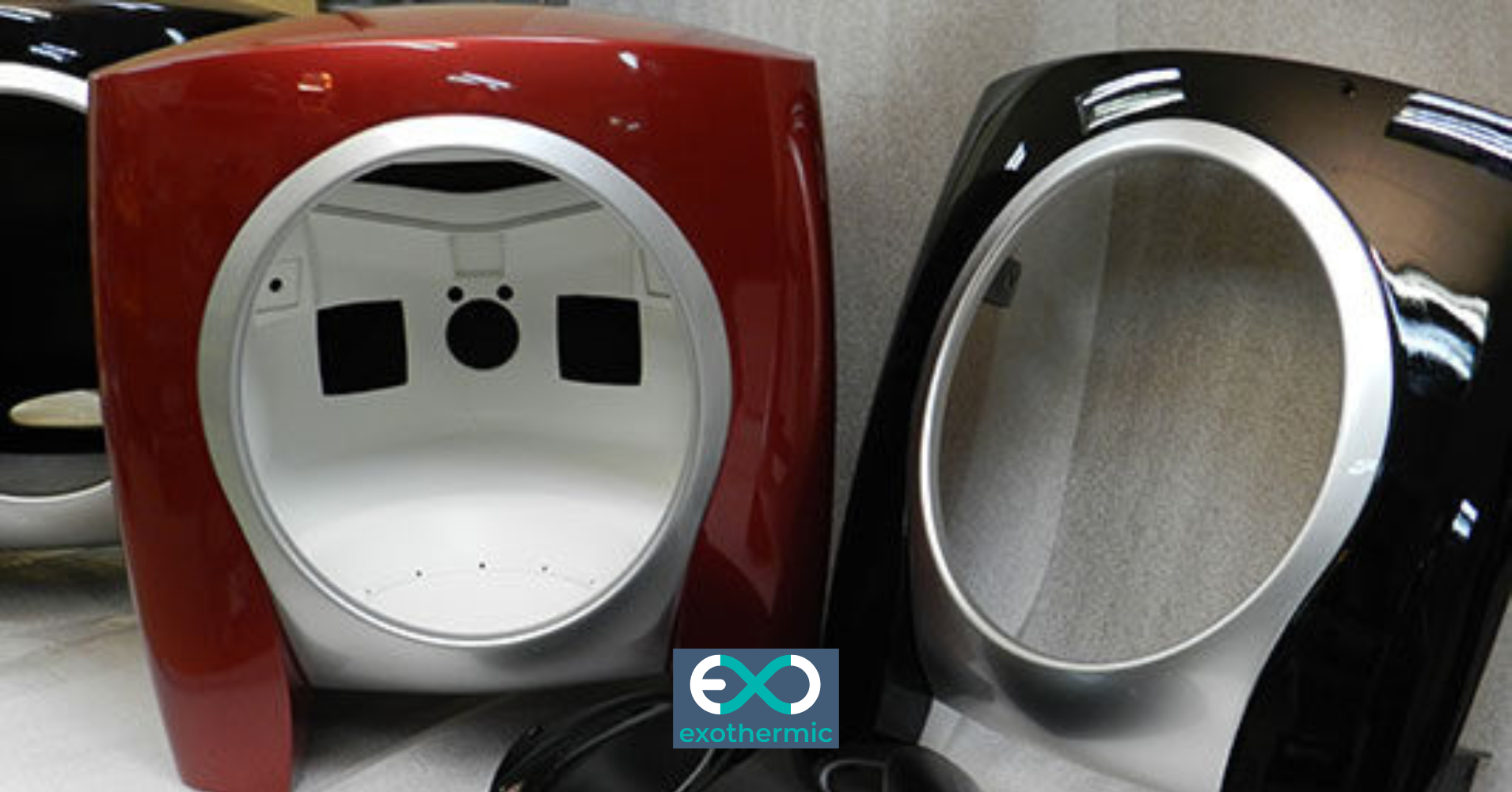Can You Modify RIM Molds? Yes, and Here's Why That Matters
Most companies discover design improvements after their first production run. A feature needs...
By: Paul Steck on Jan 28, 2025 8:00:00 AM

When your RIM molder suddenly closes its doors, it can trigger a crisis that threatens your production continuity and customer commitments. However, with proper planning and execution, you can successfully navigate this challenge and emerge with a stronger supply chain.
The first hours and days after learning of your molder's closure are critical. Begin by immediately securing your assets and establishing your legal position. Review your tooling contracts to confirm ownership rights and check for any liens or outstanding payments that could complicate the transfer of your tools.
Ensure you have clear ownership of all CAD data and technical documentation essential for continuing production elsewhere.
Take stock of your current situation by documenting production status and inventory levels. This assessment will help determine how quickly you must act and what interim measures might be necessary. Collect and preserve current production samples, as these will serve as crucial quality benchmarks during the transition to a new supplier.
Finding the right new manufacturing partner is your most critical decision during this transition. Your ideal partner should have demonstrated experience with similar parts and processes and the appropriate equipment and technical capabilities to handle your specific requirements.
Look for manufacturers with experience in tool transfers, which indicates they understand the complexities involved.
During supplier evaluation, conduct thorough site visits and technical assessments. Verify that their press sizes and equipment specifications match your needs.
Geographic location is important; factors like technical capability and experience are most important, but being physically close to your RIM partner will save time and expense.
Consider the supplier's financial stability as well – you don't want to face another sudden closure in the near future.
Success depends heavily on establishing a strong internal response team and clear communication channels. Form a core team that includes engineering, procurement, quality assurance, and project management representatives. This team will drive the transition process and ensure all aspects are correctly coordinated.
Create a robust communication framework that informs all stakeholders of progress and challenges. Regular status updates help maintain alignment and ensure quick decision-making when obstacles arise. Plan for technical knowledge transfer by arranging facility visits and documenting critical process information.
Consider video recording successful production runs at your current facility to capture subtle process details that might otherwise be lost.
A successful tool transfer starts with thorough documentation. Compile a comprehensive technical package including original tool drawings, specifications, material requirements, and processing parameters. Include quality requirements, acceptance criteria, and historical production data.
Maintenance records and current production samples provide essential context for the new manufacturer.
Before moving any tools, conduct and document a detailed condition inspection. Complete any outstanding maintenance and ensure proper cleaning and preservation. Plan the physical transfer carefully, using specialized rigging services when needed.
Consider climate-controlled transportation for sensitive tools, and always maintain proper insurance coverage. Document the tool's condition before and after transport to prevent disputes.
Minimize disruption by building buffer inventory while you still can. Consider implementing parallel production running parts at the old and new facilities during the transition. Develop contingency plans for potential delays or quality issues. Pay special attention to your material supply chain, ensuring your new manufacturer can access the same or equivalent materials.
The validation phase requires patience and attention to detail. Your new manufacturer will need time to dial in their process parameters and adjust their equipment to achieve optimal results. Expect to conduct multiple trial runs and extensive testing.
Focus mainly on matching critical characteristics like color, surface finish, and material properties.
Don't rush this phase – thorough validation now prevents quality issues later.
Once production is stable at your new supplier, focus on preventing future disruptions. Establish regular supplier assessments and performance monitoring procedures. Maintain detailed documentation of your tools, processes, and quality requirements to facilitate any future transfers if needed.
Document your experiences throughout the transition process. Analyze what went well and what could have been handled better. Use these insights to strengthen supplier management strategies and improve contingency planning. Consider establishing relationships with backup suppliers before you need them.
While losing a RIM partner is challenging, it also presents an opportunity to upgrade your supply chain and improve your manufacturing processes. With careful planning and execution, you can successfully transfer your tools and emerge stronger than before.
The key is to act quickly but thoughtfully, maintain clear communication, and focus on long-term stability rather than short-term solutions.
Talk to the experts at Exothermic. We have lots of experience helping companies transition to a new RIM supplier.
Most companies discover design improvements after their first production run. A feature needs...
Engineering teams face this scenario repeatedly: a complex plastic component with annual volumes...
In today's competitive manufacturing landscape, engineers and production managers face mounting...